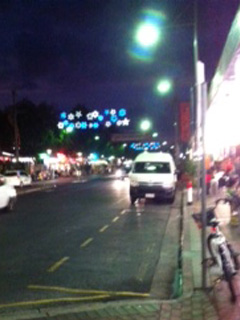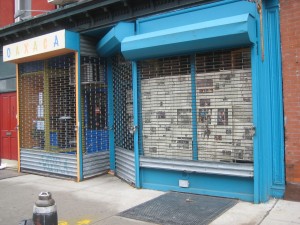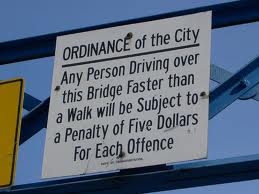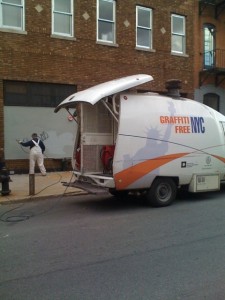I’ve been mulling the whole Christmas thing en route to work each day. The bus takes North Terrace, a gorgeous boulevard of historic buildings – the cultural hub of this pretty city – and yet not a single red bow or decorated store front. There’s not a thing to indicate that Australia is still one of the countries where Christmas is a big deal, celebrated or at least recognised by the majority of the population.
New York, in contrast (yeah here she goes again) is a decorating dream come the holidays. It’s all out warfare among window stylists at the big department stores as they compete for the glitziest, most innovative and cleverest store windows.
ABC Carpet & Home, where a lovely old-school Santa greeted our children for many years, twinkles with gazillions of sparkly decorations, and Rockefeller Center is a winter wonderland, with the massive lit tree and ice-skating rink front and center. Even in Brownstone Brooklyn, there were pop-up nativity scenes, inflatable Santas and light-up deer in people’s front yards and outside stores.
Interestingly, we were the only Christian family at most of the annual Christmas parties we hosted in Brooklyn. There were Jews and Muslims, and then us. We were also often the only Christians at the Jewish Hannukah parties that coincided with the Christmas festivities.
None of it mattered. It was the holidays and everyone was merry in one way or another, for one reason or another.
But in lovely Adelaide, where most of us are celebrating the same holiday, there’s nary a wreath or a red bow in sight, let alone a nativity scene. I read with interest Susan Mitchell’s column It’s a Christmas dark age in Adelaide in Indaily last week. She said exactly what I was thinking. For all the waffle about making our city vibrant by attracting people to live, work and play in the CBD, the lights are out and apparently nobody’s home.

Even in the office where I work, there is little in the way of festive cheer. Admittedly I have been here only a year, but even so a couple of Christmas cards and some tinsel strung about our desks is about it. There’s no crazy office party since apparently some anti-drinking chap moved to a top job and outlawed fun, not that we would necessarily expect him to come party with the plebs.
I fondly recall working for gritty newspapers in the days of long, boozy Christmas lunches and gifts of wine or leg hams or hampers arriving for staff. Even at stitched up Bloomberg in New York, where we worked very hard, we played hard too. In the old days before the boss became the City Mayor, Bloomberg marked the holidays with an extravagant soiree for staff and their partners at the Museum of Natural History. Sushi and caviar were served aplenty from beneath the huge suspended whale skeleton. Those were the days.
We do have an annual social club lunch at my current workplace but even that requires arm twisting to convince people to come, and after a couple of hours feasting, we dutifully return to work.
Maybe it’s something about the mercury soaring here at Christmas that makes decorating too sweaty a prospect. But it was hot when I was kid too and yet I fondly remember my mother taking me for dusk strolls around the neighbourhood to see Christmas trees lit up in people’s front windows. We had a massive holly tree in our front yard and people would pull up and ask to pick a bunch.
It was friendly and neighbourly – and Christmassy.
We have a wreath on our door this year and the kids had a blast hanging everything but the kitchen sink on our Christmas tree. But ours is the only decorated house I have noticed on our street.
We do live in an unusually aged street but still – don’t people turn it on a bit for the grandchildren? Even the local shopping mall (if one is allowed to call Burnside Village a shopping mall …?) isn’t particularly festive. And as our kids noted when they visited Santa, he was kind of over it. He didn’t ask the obligatory ‘have you been good’ or ‘what would you like for Christmas’ questions, but rather chugged kids through for the obligatory photo op.
So what gives? Are we all hamstrung by the threat of the global financial rumblings finally reaching our shores, or does the prospect of a holiday that unites families to gather and feast just not do it for us anymore?
For the record, we will be gathering and feasting and hopefully having a lot of laughs on Christmas day. We light a candle or two in honour of the Jewish Hannukah celebrations which have just ended, we may even light one for Kwanza – the African American holiday that coincides with Christmas – and we recognize Eid for our Muslim friends. Never let it be said that we don’t like a party.




